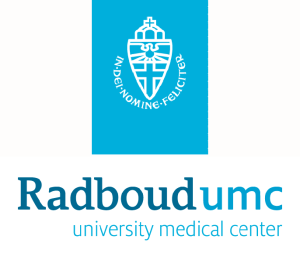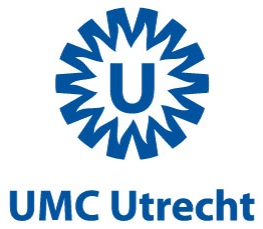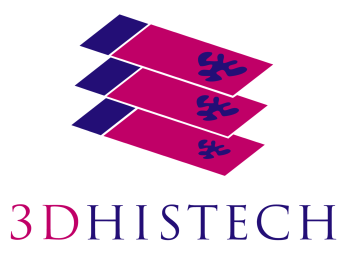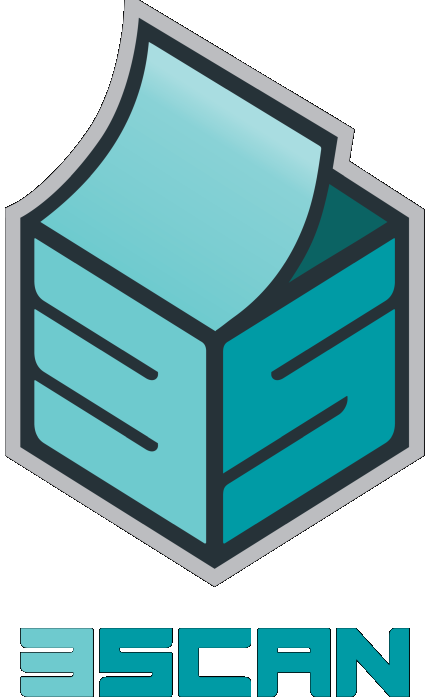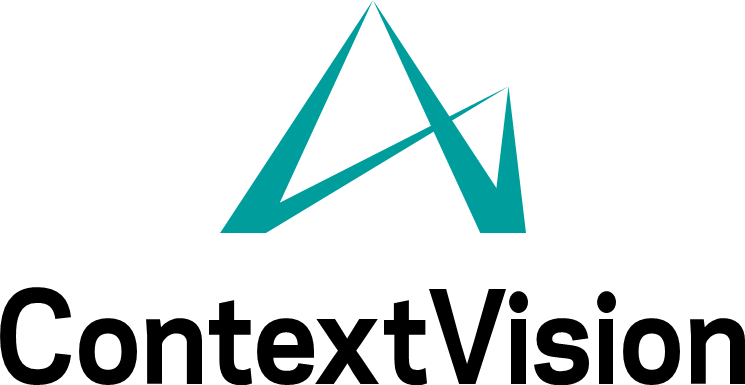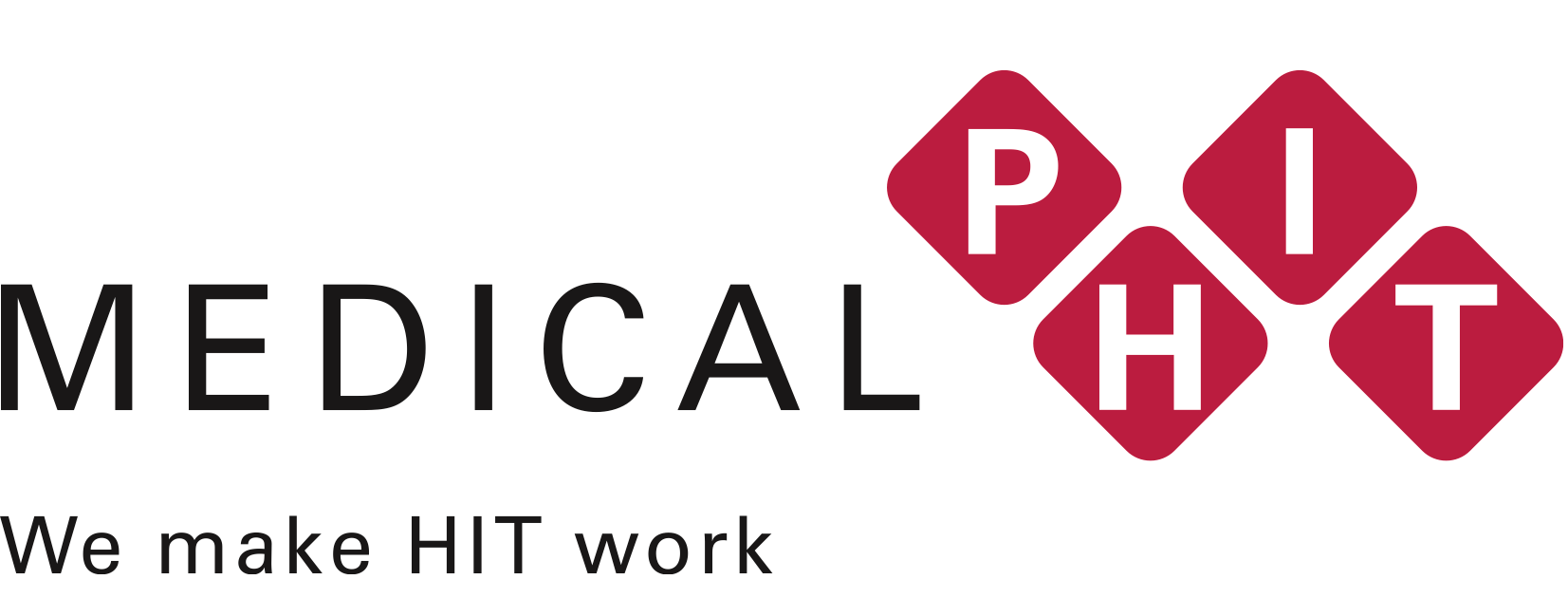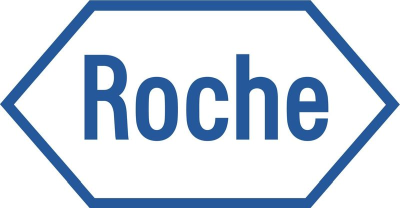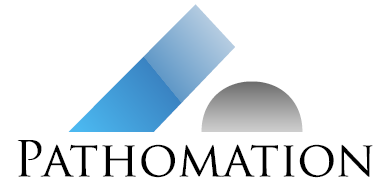Overview¶
The CAMELYON17 challenge is still open for submissions!
Built on the success of its predecessor, CAMELYON17 is the second grand challenge in pathology organised by the Diagnostic Image Analysis Group (DIAG) and Department of Pathology of the Radboud University Medical Center (Radboudumc) in Nijmegen, The Netherlands.
The goal of this challenge is to evaluate new and existing algorithms for automated detection and classification of breast cancer metastases in whole-slide images of histological lymph node sections. This task has high clinical relevance and would normally require extensive microscopic assessment by pathologists. The presence of metastases in lymph nodes has therapeutic implications for breast cancer patients. Therefore, an automated solution would hold great promise to reduce the workload of pathologists while at the same time reduce the subjectivity in diagnosis.
Last year at ISBI, we organised the highly successful CAMELYON16 grand challenge, in which 32 submissions from as many as 23 research groups were received. This was the first challenge ever using whole-slide images, having participants download over 600GB of data. This year, CAMELYON17 will invigorate the challenge by moving from slide level analysis to patient level analysis (i.e. combining the assessment of multiple lymph node slides into one outcome). This will bring the efforts closer to direct usefulness in a clinical setting. Compared to last year, the dataset will be significantly extended and will contain images from five medical centers.
Publications¶
Geert Litjens, Peter Bandi, Babak Ehteshami Bejnordi, Oscar Geessink, Maschenka Balkenhol, Peter Bult, Altuna Halilovic, Meyke Hermsen, Rob van de Loo, Rob Vogels, Quirine F Manson, Nikolas Stathonikos, Alexi Baidoshvili, Paul van Diest, Carla Wauters, Marcory van Dijk, Jeroen van der Laak. 1399 H&E-stained sentinel lymph node sections of breast cancer patients: the CAMELYON dataset. GigaScience, giy065, DOI: 10.1093/gigascience/giy065
Babak Ehteshami Bejnordi; Mitko Veta; Paul Johannes van Diest; Bram van Ginneken; Nico Karssemeijer; Geert Litjens; Jeroen A. W. M. van der Laak; and the CAMELYON16 Consortium. Diagnostic Assessment of Deep Learning Algorithms for Detection of Lymph Node Metastases in Women With Breast Cancer. JAMA. 2017;318(22):2199–2210. DOI: 10.1001/jama.2017.14585
Peter Bandi, Oscar Geessink, Quirine Manson, Marcory van Dijk, Maschenka Balkenhol, Meyke Hermsen, Babak Ehteshami Bejnordi, Byungjae Lee, Kyunghyun Paeng, Aoxiao Zhong, Quanzheng Li, Farhad Ghazvinian Zanjani, Svitlana Zinger, Keisuke Fukuta, Daisuke Komura, Vlado Ovtcharov, Shenghua Cheng, Shaoqun Zeng, Jeppe Thagaard, Anders B. Dahl, Huangjing Lin, Hao Chen, Ludwig Jacobsson, Martin Hedlund, Melih Cetin, Eren Halici, Hunter Jackson, Richard Chen, Fabian Both, Jorg Franke, Heidi Kusters-Vandevelde, Willem Vreuls, Peter Bult, Bram van Ginneken, Jeroen van der Laak, and Geert Litjens. From detection of individual metastases to classification of lymph node status at the patient level: the CAMELYON17 challenge. IEEE-TMI (Early Access) DOI: 10.1109/TMI.2018.2867350
How to participate¶
The complete data set is open access. The download links are available at the Data section.
In order to participate:
-
Read the rules carefully.
-
Register a grand-challenge.org account.
-
Join the CAMELYON17 challenge.
-
Optionally create a Team for affiliation.
-
Submit your result and paper.
-
Find your score on the Leaderboard.
Important dates¶
-
15 May 2017: Submission re-opened!
-
18 April 2017: Challenge workshop at ISBI 2017, Melbourne, Australia.
-
1 April 2017: Submission deadline for results.
-
1 March 2017: Test dataset released.
-
18 December 2016: Second training dataset released.
-
18 November 2016: First training dataset released.
-
18 November 2016: Registration opened.
-
10 November 2016: Challenge website launched.
Sponsors¶
